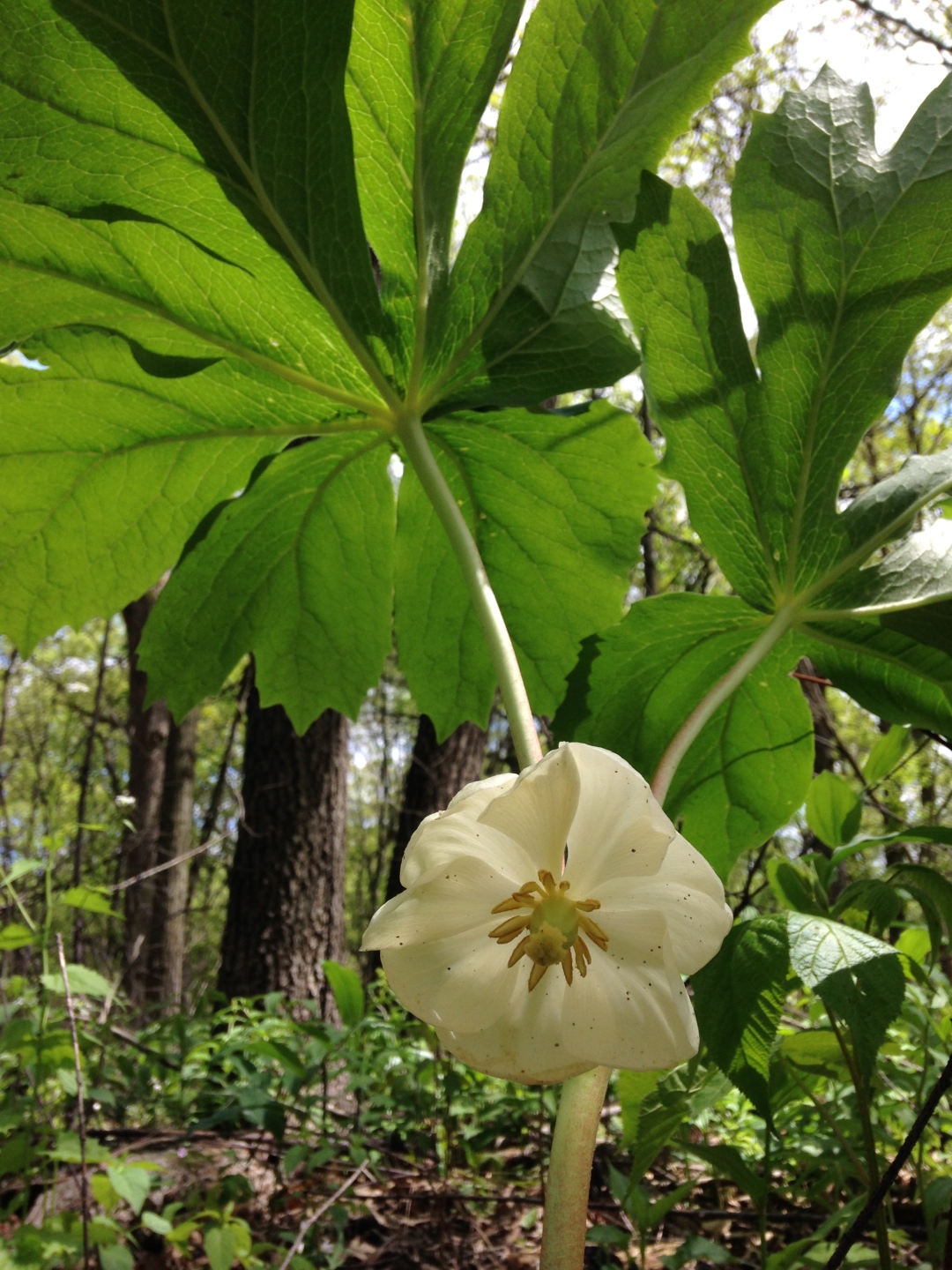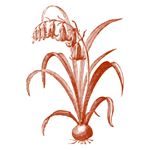By Amanda Cleary Eastep
My earliest memory of walking in the woods sets me inside the patch of forest preserve down the road from my grandmother’s house. The small house sat like a washing machine box with two windows cut out to let in the early morning sunshine and a view of the passing freight trains that roared and rattled by.
It was along those tracks she harvested wild asparagus, a paper grocery bag and steak knife in one hand and a large stick in the other to smack snakes. This was when foraging wasn’t a trend with workshops and Instagram followers, rather a survival practice learned and left over from her childhood.
The memory is small, too, like looking back at it through a toy telescope. And I was small. I see myself, maybe five, and walking beside her short and stout frame. In my mind, she looks the same as she did when I was 10 and 20 and 30, because when we age together, we weather at the same time, a gradual washing and blowing and eroding away like topsoil or shoreline, so we rarely notice the extreme of the changes.
Trees surround me, impossibly tall and looking down on me. To them I could be a ground squirrel or a clump of dead leaves caught in a wind gust that has broken through their throng and scuttles me along the forest floor.
That is where my grandmother points her middle finger when we stop for a moment. She always pointed with her middle finger, maybe because her hands were small and she needed to for maximum effect. She points at a plant about six inches tall with six or so leaves that all grow out from the center, like a drooping, green petaled flower. I imagine each leafy umbrella could shelter a frog or a fairy.
Nowadays, when I hike the forest preserve trails in spring, I see those mayapples everywhere. I know them now, that they’re poisonous (mostly), and that one single flower blooms on each plant. I point out the mayapples to my grown daughters, but not with my middle finger since my hands are long like my father’s.
That first walk in the woods with my grandmother ushered me into the “wild,” into an environment that was not my neatly mowed yard with the metal swing set and chain link fence.
Despite my small size, despite the trees towering impossibly high above me and casting a soft dusk in the middle of the day, I wasn’t afraid.
I was being introduced to the first world.
I was meeting God in the microbe and mayapple.
I was learning that we tread more lightly when we know their names.

The “Healthy Habit” of Shinrin-yoku
This post is part of a seven-day series on the physical, mental, and spiritual benefits of walking and hiking. I wrote the series on my blog in response to the collaborative film project Wander on Purpose created by friend and filmmaker Erin Dooley.
During the making of this collaborative film, Erin shared a video on the health benefits of walking in the forest. In Japan, they call the practice of walking among trees to benefit your health Shinrin-yoku, or “forest bathing.” (I can only hope bathers keep their hiking duds on.)
Trees reportedly emit phytoncides, which may have anti-cancer effects. According to serious Shinrin-yoku practitioners, being among trees has the physical and psychological benefits of lowering blood pressure, reducing stress hormones and depression, and boosting energy.
What benefits – physical, mental, spiritual – have hiking and spending time in nature had for you?





My mind wanders as my feet wander. Sometimes it ends up solving a problem or cherishing a memorized chunk of something, but mostly, I think it just rests. I’m becoming more of a notice-er of beauty, and I think this has also happened because of walking.
Same for me, Michele. The act of simply moving more slowly changes my perspective. While many people hit our local forest preserve trails for exercise, blocking out the natural quiet with earbuds and moving quickly past the wildflowers and wildlife, I enjoy how the world doesn’t seem as hectic or complicated when I’m in the woods. –Amanda
Your post, and the WEF article were amazing. Thanks!
Thanks so much, Kim. And, yes, isn’t that WEF article crazy? I love when we discover something we naturally love to do is a practice in another culture (with a cool sounding name)! –Amanda